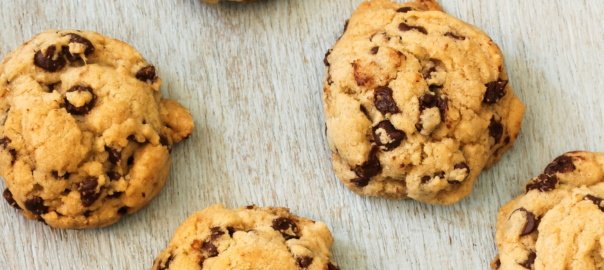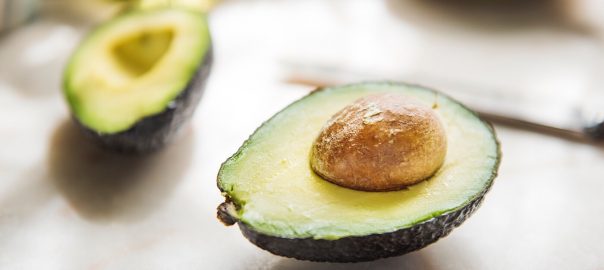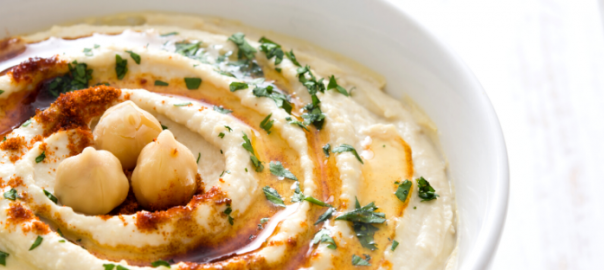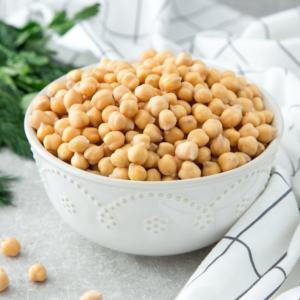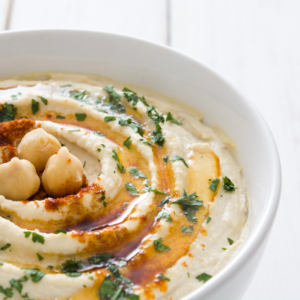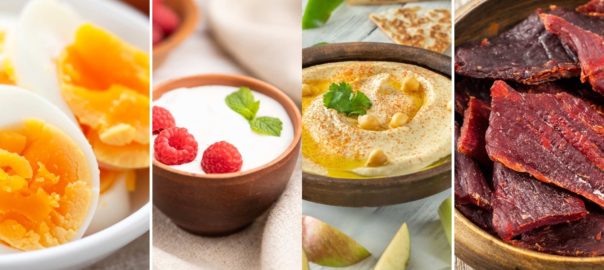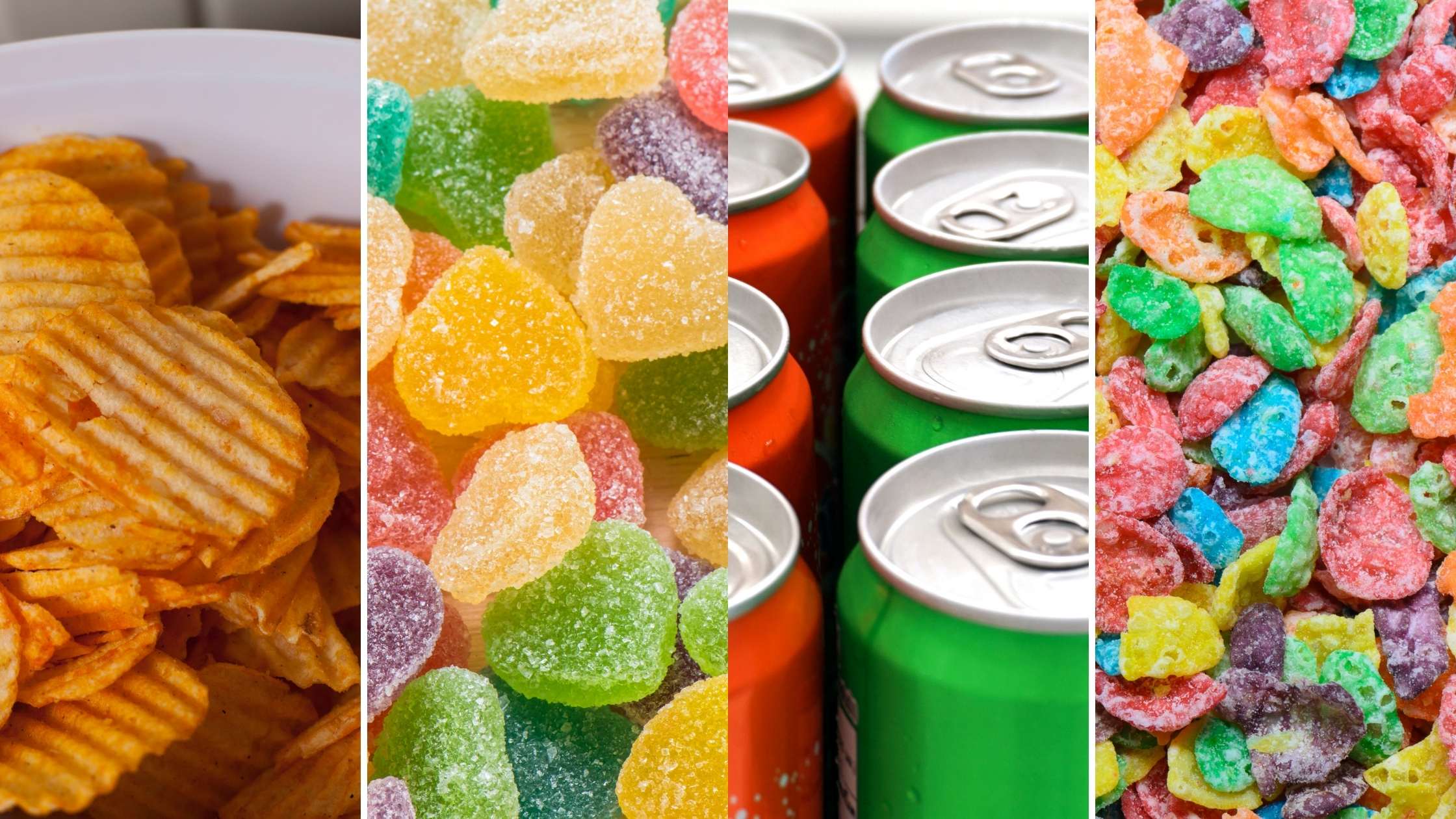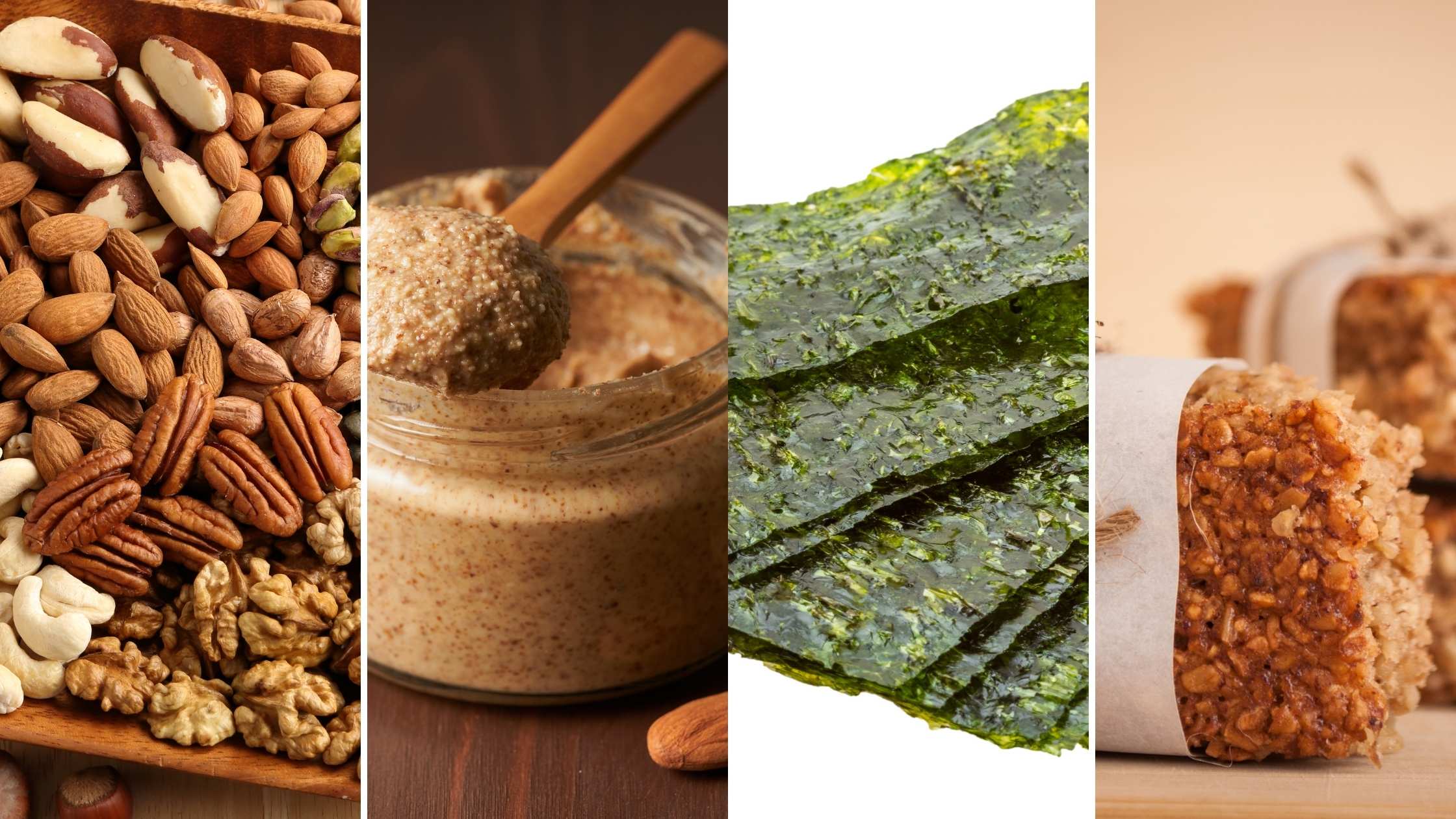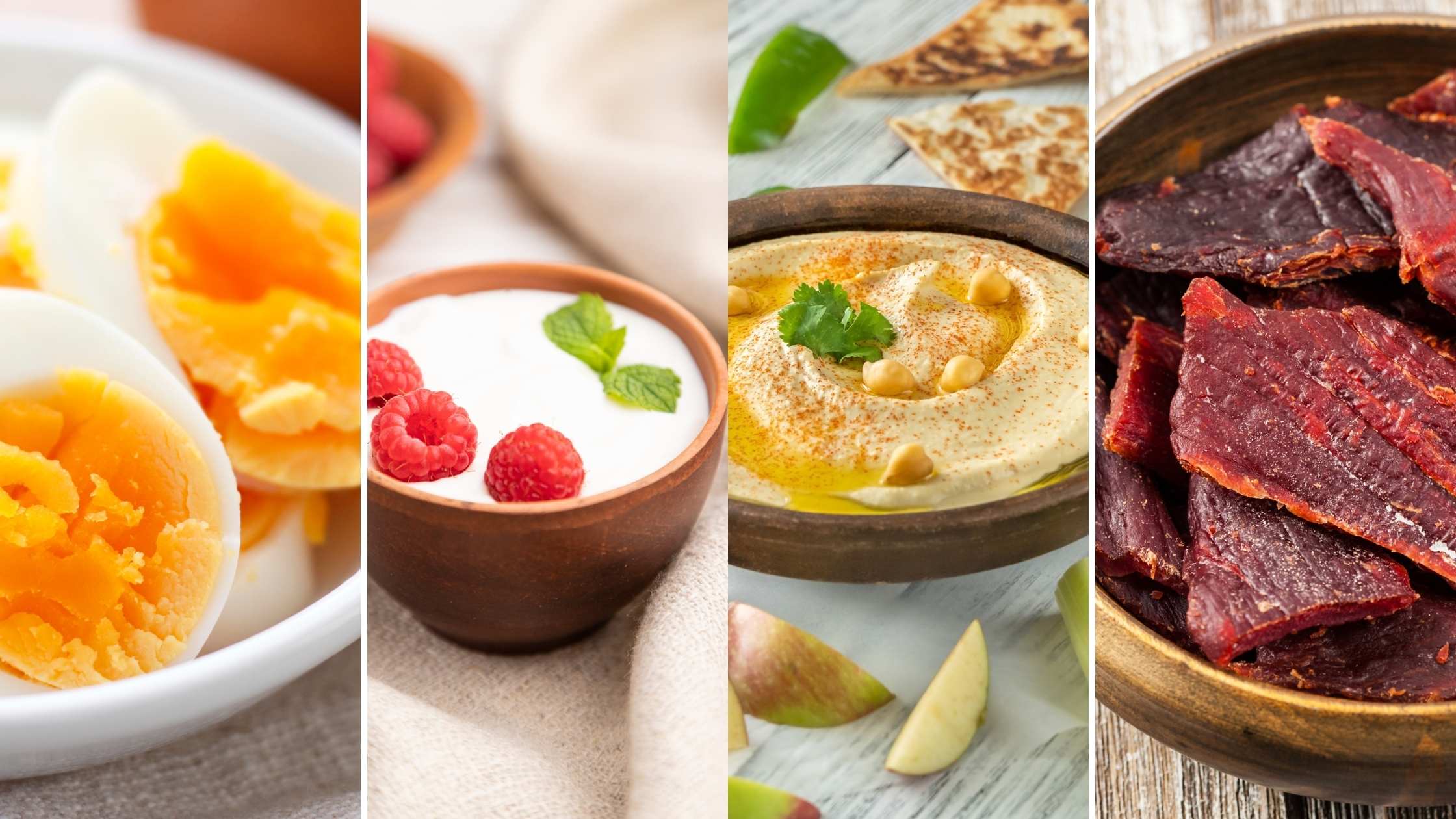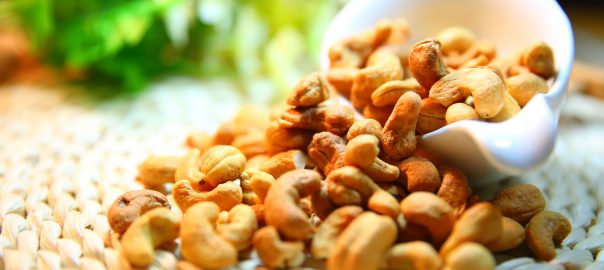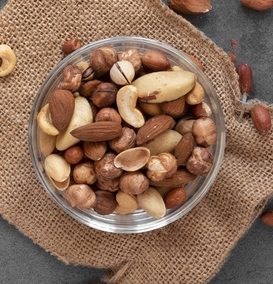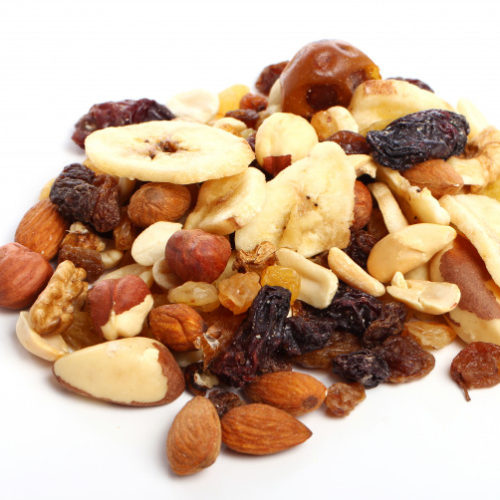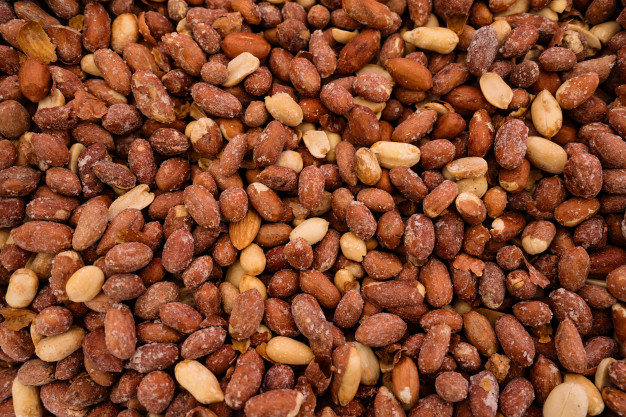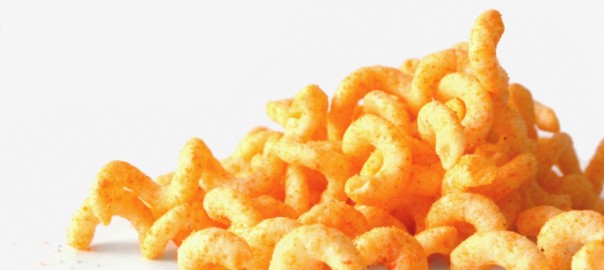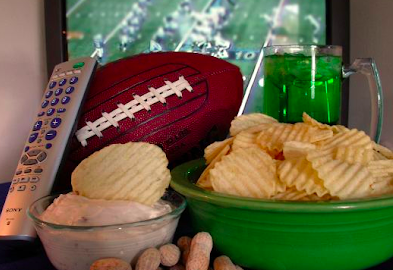It's Chocolate Chip Cookie Week! And if you've been following me for a while you'll know that I love cookies (in moderation of course). There's just something really satisfying about a good cookie.
In order to celebrate, I rounded up some of my friends and asked them to share their favorite Chocolate Chip Cookie recipe (who knew there were so many variations?).
With these options, you're sure to find one that's going to become your new favorite!
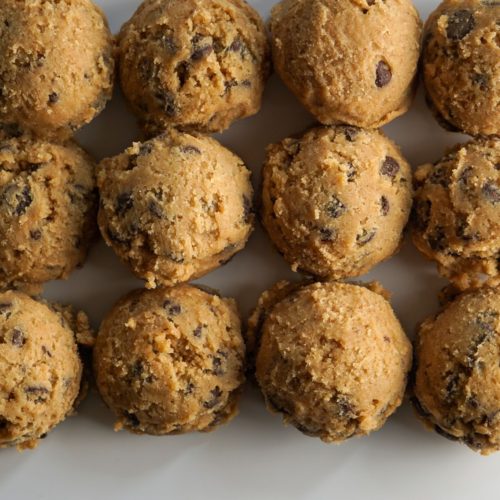
No-Flour Cookie Dough
Ingredients
- 1 can chickpeas, drained
- 1/2 cup creamy almond butter
- 1 tablespoon evaporated cane juice
- 1 tablespoon maple syrup
- 1 teaspoon vanilla extract
- generous pinch sea salt
- 1/2 cup chocolate chips
Instructions
- Combine the first five ingredients in a food processor until mixed well
- Scoop into a bowl and add chocolate chips by hand
- Spoon into ramekins or mini-muffin cups and chill 2 hours before serving or enjoy with a spoon straight out of the bowl
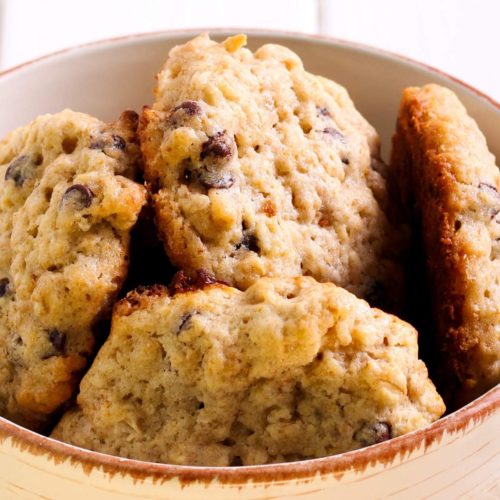
Guilt-Free 3-Ingredient Chocolate Chip Cookie
Ingredients
- 2 ripe bananas
- 1 cup rolled oats
- 1/3 cup chocolate chips
Instructions
- Preheat oven to 350.
- Mash ripe bananas.
- Stir in oatmeal and chocolate chips until well combined.
- Divide dough into 8 equal cookies on a greased cookie sheet.
- Bake 15 minutes.
- Remove from oven and cool on a cooling rack.

20-Minute Oatmeal Peanut-Butter Chocolate-Chip Cookies
Ingredients
- ½ cup honey
- ¾ cups coconut palm sugar
- ¼ cup butter at room temperature
- 1 cup natural peanut butter
- 1.5 teaspoons baking soda
- 2 eggs
- 1 teaspoon whole chia seeds
- 3¼ cups quick oats1 cup chocolate chips
Instructions
- Place honey, coconut palm sugar, and butter in a bowl, and beat until smooth.
- Add peanut butter, baking soda, eggs, and chia seeds. Mix well with an electric mixer.
- Mix in oats.
- Stir in chocolate chips (or use the mixer if yours is powerful enough. I used my hand mixer and it was fine).
- Drop by spoonful onto parchment paper-lined baking sheet.
- Bake at 350F for 10 minutes or until golden brown.
- Let sit for one minute on the pan before removing it to a cooling rack - they are less prone to breaking that way.
- Once cooled, freeze half of the cookies for a rainy day. Otherwise, they'll all be gone by morning!
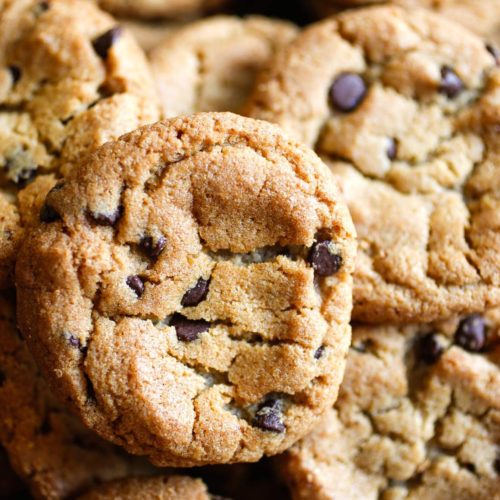
Grainless Chocolate Chip Cookies
Ingredients
- 2 cups almond flour (I either use Bob’s Red Mill or I process my own almonds to make my own almond flour)
- 1/4 cup coconut oil
- 3 tbsp maple syrup
- 1/4 tsp sea salt
- 1/2 tsp baking soda
- 2 tsp vanilla extract
- 8 tbsp dark chocolate chips
Instructions
- Preheat oven to 350 degrees F.
- In a medium bowl, whisk together almond meal, salt, and baking soda, then add the coconut oil, maple syrup, and vanilla extract. Mix well.
- Fold in the dark chocolate chips, then drop batter by a rounded tablespoon onto a baking sheet lined with parchment paper.
- Bake for 10-15 minutes at 350 degrees F, until the edges are golden brown.
- Allow to cool on the pan for 10 minutes, then serve warm or allow to cool to room temperature.
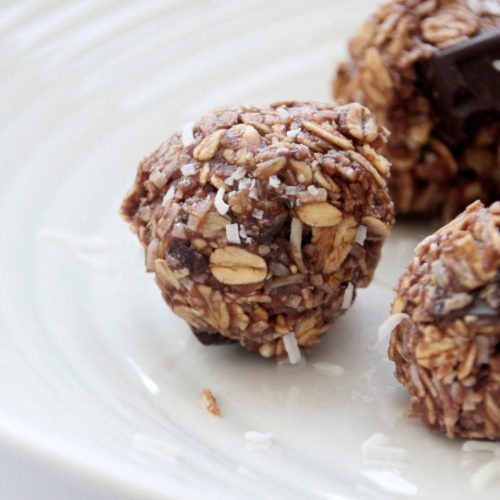
Polka Dot Balls
Ingredients
- 2 cups cooked organic quinoa(soaked overnight, drain and rinse)**
- 1⁄2 cup organic peanut, almond, or sunflower butter
- 1⁄4 cup local raw honey
- 1 cup organic regular rolled oats
- 1⁄4 cup golden flax meal
- 1⁄4 cup carob chips, Equal Exchange or Enjoy Lifechocolate chips
Instructions
- Put quinoa in the pan and cover with 13⁄4 cups filtered water.
- Bring to a boil. Reduce heat to low and cover.
- Cook for 10 minutes or until water is absorbed.
- Remove from heat and let cool.
- Combine cooked quinoa, peanut butter, and honey in a large bowl and mix.
- Pulse oats in a blender to make them a bit finer.
- Stir in oats, flax meal, and chocolate or carob chips.
- Put the dough in the refrigerator for 30 minutes.
- Grease baking sheet with organic coconut oil.
- Use a large melon baller and put Tbsp. balls on the baking sheet.
- Bake at 325◦F for 18 minutes
- Makes 20-24 balls.
Notes
Do you want more free healthy recipes? Read more on my blog or purchase my ebooks to get in-depth knowledge on how to #readthelabel and understand what’s really IN your food.

